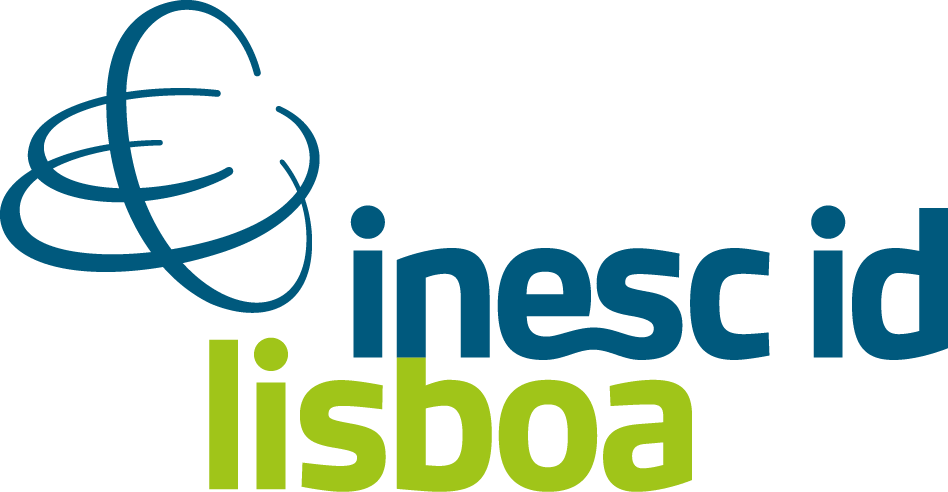
Image Credit: INESC-ID
Spin-offs: From research to market, the technology transfer reality at INESC-ID
In the fields of science and innovation, the bridge between academic research and real-world impact is no longer an option, it’s a must. At INESC-ID, this bridge is being reinforced through a dedicated commitment to technology transfer, a process that transforms research outputs into products and services, for the benefit of society.
Sandra Aresta, INESC-ID’s Knowledge Transfer Manager, sees a clear trend: “Scientific institutions are increasingly aware of the importance of having a technology transfer office.” This growing awareness is not unique to INESC-ID. Across Portugal and Europe, institutions are working to strengthen their capacity to bring research into the market, following in the footsteps of more mature innovation ecosystems such as those in France, Germany, and the United States.
Technology transfer is far from a new concept — in countries like the United States, the Bayh-Dole Act of 1980 was a turning point, allowing universities to retain intellectual property (IP) rights to federally funded research. This legislation helped create an ecosystem of university spin-offs and public-private partnerships. Today, the U.S. continues to lead in the number of spin-offs created per year, with institutions like MIT and Stanford at the top.
In Europe, the picture is more nuanced. While countries like France, the Netherlands, and Germany have strong technology transfer structures, others — especially those categorised as “widening countries” (a term used by the European Commission for member states with lower R&D performance) — are still catching up. In Portugal, ANI (Agência Nacional de Inovação) has played a key role in building capacity and promoting entrepreneurship within academic institutions.
A growing culture of innovation at INESC-ID
At INESC-ID, technology transfer has resulted in the creation of nine spin-offs, in different fields such as microelectronics (SiliconGate), speech recognitions (Voiceinteraction) or genetic testing (Heartgenetics), bringing research outcomes directly into the marketplace. These companies are not accidental by-products of research — they are deliberately created with the purpose of commercialising academic IP.
“Potentially, everything can be transformed into a product or service,” Sandra explains. “And at INESC-ID, this is especially true — our research areas allow us to do so within a relatively short time frame and with modest funding.” Compared to fields like biomedical sciences, which require extensive clinical validation, complex regulation, and high capital investment, areas like computer science, robotics, and signal processing — all strengths of INESC-ID — offer a more agile path to market.
Despite the growing momentum, several challenges remain. One of the key barriers, according to Sandra, is cultural: “The academic culture is naturally geared toward the development of knowledge, but less so toward entering the market.” Most PhD graduates still envision a future within academia, often unaware that entrepreneurship is a viable and valuable career path.
Moreover, teaching responsibilities and academic workloads can be significant obstacles. Many university researchers simply lack the time and energy to engage in entrepreneurial ventures. Yet, as Sandra points out, technology transfer is increasingly being recognised as the “third mission” of universities.
Another critical driver of spin-off creation is personal motivation. “There are usually three main reasons why researchers launch spin-offs: either they want a vehicle to bring their product or service to market, or they’re looking to create their own employment or the need for funding, wether public or private, for the more advanced stages of product development, which an academic institution can hardly obtain “ she explains. In either case, the result is the same: more innovation entering the real economy.
A shift in institutional priorities
The shift toward recognising the economic impact of academic research is now embedded in European science and innovation policy. The European Commission has repeatedly acknowledged the “innovation paradox” — the fact that Europe excels in scientific research but struggles to convert it into economic value. In response, the Commission is encouraging consortia that include industry partners, promoting entrepreneurial skills among researchers, and rewarding projects with measurable impact beyond publications and citations.
This policy shift is resonating at institutional levels. As Sandra notes, “a few years ago, the only thing that mattered was scientific excellence. Now we also look at economic and societal impact.”
And so, the path forward looks optimistic. “When researchers try entrepreneurship, they usually enjoy it. They see it as an additional challenge — one that is intellectually stimulating and rewarding.”
And another way to ‘define technology.’
—
Text by Sara Sá, Science Writer | Communications and Outreach Office, INESC-ID
© 2025 INESC-ID. Credit INESC-ID and the author, with a link to the original source, when sharing or adapting this article.
